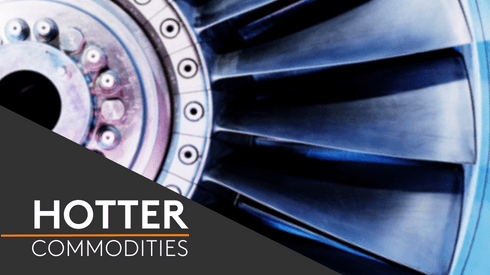By William Adams and Alexander Cook
Cobalt got off to a quick start in 2021 due to strong demand growth from the electric vehicle (EV) sector, restocking and because of a constrained supply chain out of Africa. After starting the year at $15.30 per lb, Fastmarkets’ benchmark standard grade cobalt metal price climbed steadily to $25.30 per lb by mid-March, a rise of some 65%. Highlighting the disrupted supply chain across southern Africa was the rise in the cobalt payables that climbed to 93.5% in March, from 82.5% at the start of the year.
Since March, the market has quietened down considerably with metal prices initially pulling back while the market destocked after the price climb, with prices then trading within a range of $19.80-25.20 per lb and payables slipping back to 89%, suggesting a more balance market over the second quarter, but tightening more over the third quarter.
EV sales have been particularly strong this year and are expected to total around 5.8 million, up from 3.3 million in 2020 and 2.4 million in 2019. While cobalt demand has benefited from the strong demand growth from the EV sector, demand will not have been as strong as it could have been because there has been quite a shift in attitudes regarding which lithium-ion battery chemistry EV original equipment manufacturers (OEM) are using.
Second generation lithium iron phosphate (LFP) batteries have become increasingly popular in China and look set to be used more extensively outside China too. In China, LFP batteries’ market share climbed to 52% in the first eight months of 2021, up from 39% in 2020 and 33% in 2019. LFP’s gain means slower demand growth for cobalt. In addition, the trend is toward using higher nickel weighted-nickel-cobalt-manganese (NCM) batteries, which have lower cobalt content.
View the cobalt prices in this article
Fastmarkets sees this as a blessing for cobalt because it will reduce the chances of cobalt shortages and unsustainably high prices – it also means shortages are less likely to force OEMs to use non-cobalt chemistries.
The market is thought to be in a slight supply deficit this year and will remain in one next year, but with the giant Mutanda mine set to restart and ramp up again during 2022-23, supply should be able to grow with demand for now. As such, we expect prices to remain elevated in 2022, but below current levels.
What buyers are saying
- Medical and aerospace sectors are seeing demand return, but face supply concerns caused by a growing electronic vehicle manufacturing sector.
- The negotiation of future contract agreements has led some buyers to move to multi-year formula options to better secure material.
- Despite the spread between European and Asian markets, arbitrage opportunities are limited due to logistical delays. Power issues in China are affecting output and creating concern for Asian markets.
- Spot availability is reportedly tight, though some consumers are well covered by long term agreements.
What sellers are saying
- Arbitrage opportunities are present, but somewhat limited by the long lead times out of China and container shortages at ports.
- Consumers have approached long-term agreement talks earlier than in previous years, due to supply concerns.
- Certain grades of material are facing shortages, particularly briquettes and broken cathode. Prices for standard cobalt grade have increased from $23.40-24.25 per lb on September 1 to $25.85-26.25 per lb on October 1.




